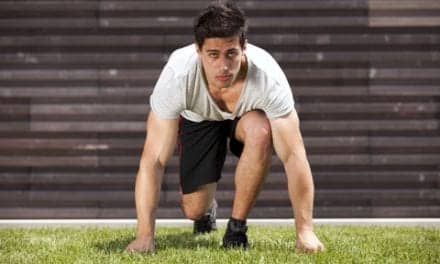Women are reportedly 10 times more likely than men to injury the anterior cruciate ligament (ACL) in their knees. In a new study, scientists investigate whether testosterone in males could be the explanation why.
The study was published recently in the journal The Knee.
“The primary implication of the study is that testosterone may contribute to the ACL’s ability to withstand tensile loads and may be one of multiple factors response for the disparate ACL injury rate between men and women,” says William Romani, PhD, MHA, a physical therapist and sports medicine researcher who was a visiting faculty member in The Johns Hopkins University’s Department of Biomedical Engineering from 2009 to 2015, in a media release from Johns Hopkins Medicine.
“Our thought was that while estrogen may make the female ACL weaker and more prone to injury, the male hormone testosterone may act to strengthen the ACL and protect it from injury,” Romani adds.
In their research, the release explains, Romani and Jennifer Elisseeff, PhD, a biomedical engineer at The Johns Hopkins University, removed the ACL—still connected to the tibia and femur—from 16 healthy, 12-week-old male rats. Eight of the rats were normal, with testosterone levels averaging 3.54 nanograms per milliliter, and eight had been castrated, giving them nearly undetectable levels of the hormone, at 0.14 nanograms per milliliter.
The researchers measured the cross-sectional area of each ACL and then connected the bones—with the ACL stretched between them—to a machine that could pull the bones apart, tugging on the ACL. Then, they tested the strength of the ligaments by measuring how much force it took to tear each ACL. The researchers found that it took more force—34.5 newtons, compared to 29.2 newtons—to tear the ACLs from mice with normal levels of testosterone, indicating that the ligaments were stronger, the release continues.
The scientists note that more research is needed to explain which pathways and molecules testosterone and estrogen act through to influence ligament strength, and whether the hormones have the same impact on other ligaments in the body.
[Source(s): Johns Hopkins Medicine, Science Daily]





